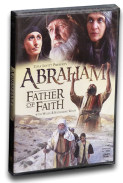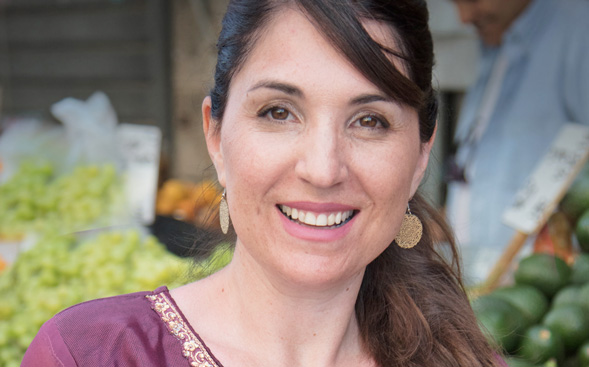
FROM SARAH, OUR SABRA
ON THE GROUND IN ISRAEL
Dear Friend,
Greetings from Caesarea, in the north of Israel. This past month, the new Israeli Believers (“Believers” is short for “believers in Yeshua/Jesus as Messiah”) in our community underwent some serious opposition and trials. So much so that we, as their spiritual family, decided to take time for fervent worship, fasting, and prayer for a breakthrough in their situations.
Though difficult and demanding, the month has proven to be a privilege in supporting and discipling these new members in the Body of Christ. I can also see how God is working and transforming this spiritual family as we stand with them. I am extremely grateful that we are never alone. God NEVER leaves His children alone. I welcome your prayers for these new Believers — for their protection, courage, resiliency, and spiritual growth.
Now, let’s continue our series about the Garden of Eden and the city of Jerusalem. I encourage you to read or review the previous three Personal Letters. Each letter contains valuable revelations — keys — that build upon each other and reveal God’s goodness toward us.
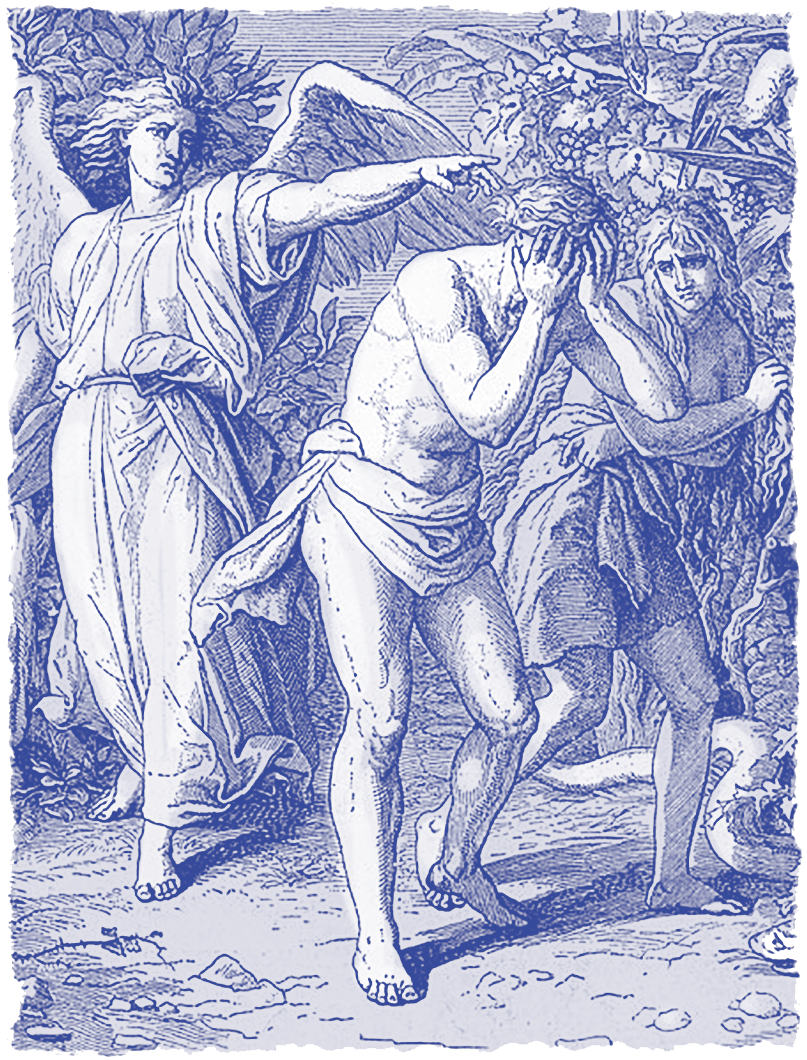
Last month’s letter discussed two keys:
- The key of the two trees: After Adam and Eve ate the forbidden fruit, God blocked the entrance to the Garden of Eden, where the tree of life stood. In the Book of Revelation, this same tree of life appears; however this time, it is in a Holy city: the new Jerusalem. Could the garden and the city be the same place?
- The key of the Mount of Olives: The Bible gives some significant geographical evidence that the site of the Crucifixion was on the Mount of Olives, opposite and in view of the Temple’s entrance in Jerusalem. If this is true, then as Yeshua/Jesus hung on a tree on the east side of Eden, He could see the Cherubim on the Temple veil that separated the entrance to the Holy of Holies, the same veil that ripped as He died (Matthew 27:50–51).
The Key of Inheritance
When Adam and Eve were cast out of the garden (Genesis 3), they lost their inheritance: their place in the Garden of Eden. As a result, all of the succeeding generations — and even we today — have been dispossessed of that paradise. The first 11 chapters of Genesis detail the history of God and all of mankind from the time of Creation.
In chapter 12, God decides to focus on one man, Abraham. God promises that through Abraham’s seed, the whole world will be blessed. God asks Abraham to set out from the place where he was born and go to a place God will show him that will be the land of the promise.
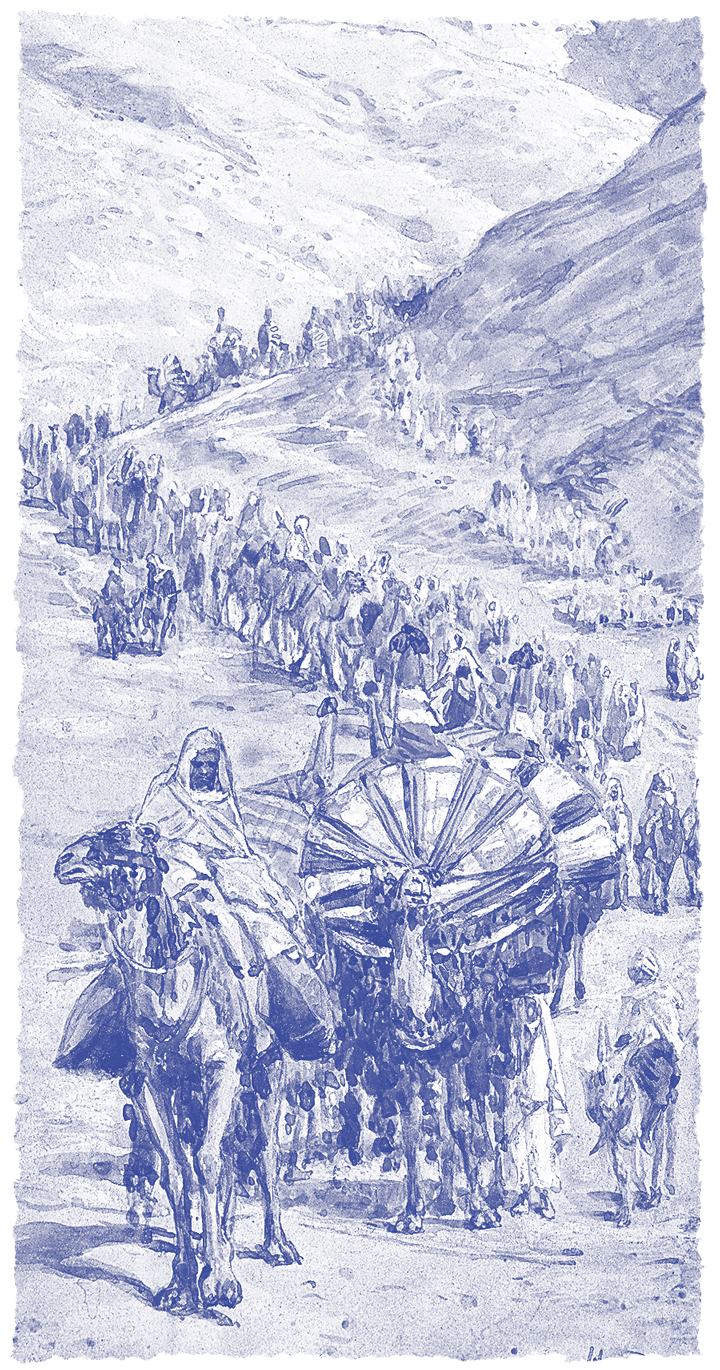
While Abraham doesn’t know where he is going, God leads him to the land of Israel. The writer of the Book of Hebrews reveals a spiritual secret: “By faith Abraham, when called to go to a place he would later receive as his inheritance, obeyed and went, even though he did not know where he was going. By faith, he made his home in the promised land like a stranger in a foreign country; he lived in tents, as did Isaac and Jacob, who were heirs with him of the same promise. For he was looking forward to the city with foundations, whose architect and builder is God” (Hebrews 11:8–10).
The writer continues: “All these people were still living by faith when they died. They did not receive the things promised; they only saw them and welcomed them from a distance, admitting that they were foreigners and strangers on earth. People who say such things show that they are looking for a country of their own. If they had been thinking of the country they had left, they would have had opportunity to return. Instead, they were longing for a better country — a heavenly one. Therefore God is not ashamed to be called their God, for He has prepared a city for them” (Hebrews 11:13–16).
Though Abraham was searching for a physical land for his and his descendants’ inheritance, the writer of Hebrews claims that there is another, spiritual inheritance, and it is also a city. When Abraham comes to the land God shows him, God asks him to sacrifice his only son, Isaac. God leads Abraham to a specific place — Mount Moriah, which we know is today’s location of the city of Jerusalem — to perform this sacrifice. It is the same place where, forty-two generations later (Matthew 1:17), God sacrifices His only Son, Yeshua, giving all of mankind the means to return to the inheritance from which they were originally cast out.
The Key of the Sacrifice
Numbers 19 describes an unusual command: the sacrifice of a red heifer “without defect or blemish and that has never been under a yoke” (Numbers 19:2). Unlike other sacrifices, the red heifer is to be sacrificed outside the camp and only by the High Priest.
We also know the location of this sacrifice by the next instruction: “Then Eleazar the priest is to take some of its blood on his finger and sprinkle it seven times toward the front of the tent of meeting” (Numbers 19:4). With the Temple built, there was only one place where the High Priest could sacrifice the red heifer and also be able to see the opening of the Temple — the Mount of Olives.
The High Priest was to sprinkle the blood toward the entrance of the Temple. Being outside the camp, the blood from the priest’s finger wouldn’t physically reach the Temple. But the purpose of this particular sacrifice — to cleanse the people from death — shows the power of this blood and sacrifice.
Every other sacrifice was only “good” on the day of the sacrifice itself, and the remains of the sacrifice needed to be consumed by the end of that day. The red heifer, however, was burned and its ashes gathered and kept in a jar. The ashes were used to purify people after they came in contact with a corpse (death). Therefore, it was not a regular, daily, or even yearly sacrifice like other sacrifices. In fact, only when those ashes ran out did they sacrifice another red heifer.
While the Old Testament sacrifices are all “foreshadows” or “pictures” of Yeshua’s sacrifice, the red heifer sacrifice is an exact depiction of it. Both sacrifices were performed outside the camp/city of Jerusalem. Only the High Priest could conduct the red heifer sacrifice; Yeshua was turned over to be crucified by Caiaphas, the High Priest (John 18:28).
The blood of the red heifer cleansed the Tabernacle, and the blood of Yeshua cleanses us, His people — the Tabernacle of God (Revelation 21:3). The heifer’s blood didn’t touch the Tabernacle physically, yet cleansed it and did so for many years. Likewise, Yeshua’s blood cleanses us and is available to all generations, even to the end of days.
The red heifer sacrifice cleansed man from death; Yeshua’s sacrifice defeated death and its curse forever.
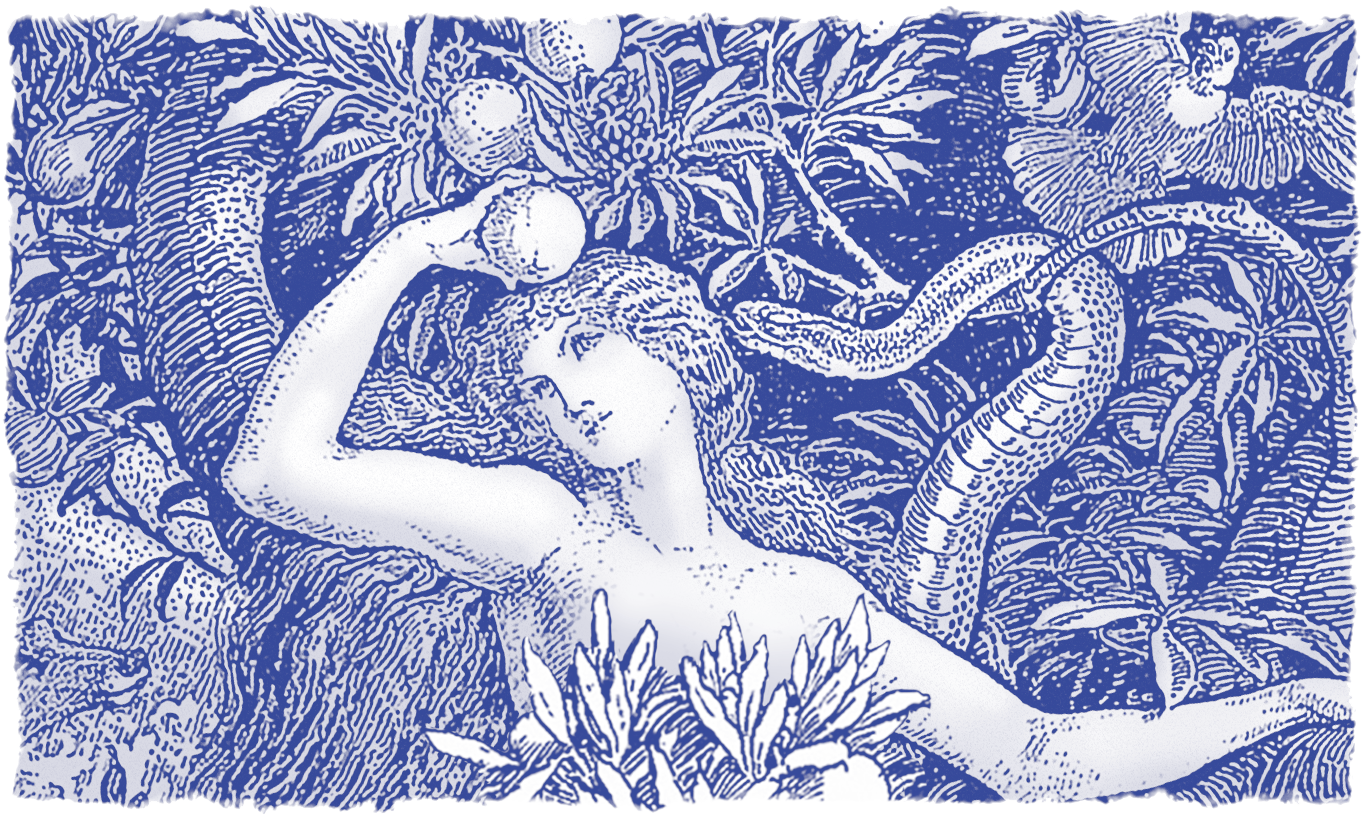
The Key of the Two Women
I’ve often wondered why the first person Yeshua met after His resurrection was a woman. Because all twelve Disciples were men, you’d reason that He would meet them first, and they would be the ones to spread the good news that death was defeated. God made a different choice.
In the Garden of Eden, the snake spoke to Eve, a woman, and lured her away from God’s promises. This encounter changed everything. Eve listened to the snake and brought the fruit of death to Adam (man). When they ate the fruit, it opened the door to sin in their lives and in all of mankind, as well as to the rest of God’s creation (as hypothesized in the Separation Theory that Part 1 discussed in September).
After Yeshua’s crucifixion outside Jerusalem, He was buried in a tomb in a garden. Three days later, He rose. Again, we find a woman in a garden. This time we know her exact location — she is just outside of Jerusalem. In John 20, Yeshua meets her in the garden. Again, the woman listens (but this time to God, not the serpent) and tells men (the Disciples).
Two women in two gardens. One’s action begins the fall of man, and one carries the most incredible message of all: the restoration and full redemption of man. I believe that these two encounters occurred in the exact same location.
Im tirdefu lada-at oto —
“Press on to know HIM!” (Hosea 6:3 NLT),
Sarah Liberman
P.S. I hope that this study helps you see how God’s Word provides insight to the significance of the Garden of Eden and Jerusalem. In January’s Personal Letter, Mark Levitt will share a ministry update with you. February’s PL will contain the fifth and final installment of this Garden series. Watch for the last three keys: restoring waters, the plains of Jordan, and the circling paths. 
 : Good News!
: Good News!
An article from Israel recently proclaimed the Holy Land once again open for tourism. How our hearts jumped for joy! As with any international travel during this pandemic, certain measures and protocol will be in place. Our travel manager Sandra — reachable at 214-696-9760, travel@levitt.com, or levitt.com/tours — can assist you with the latest details.
The 2022 Zola Tours Spring Tour in March will be remarkable, when we once again walk the roads that our Messiah walked two thousand years ago. Please consider joining us on this celebratory pilgrimage to beloved Israel. Come see for yourself the Mount of Olives that Sarah describes above — it’s a deeply prophetic and holy site. Even if you’ve been before, you’ll want to join us on this monumental trip. Being one of the first groups back into the Holy Land will be a life-changing spiritual experience. Contact Sandra to reserve your spot. We think this tour will fill up fast.

| Deluxe — Israel | March 14–24 | $5,288 |
| Grand Petra — Israel & Petra | March 14–27 | $6,488 |
A Note from David and Kirsten Hart
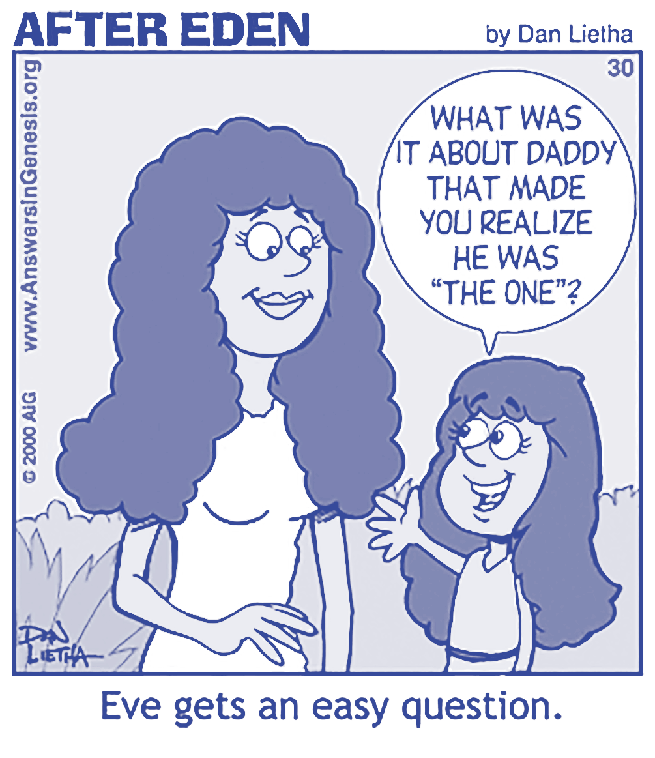
Sarah, reading your PL articles has enriched our lives with theological insight and inspired us to study the keys you’ve laid out in your Garden of Eden teaching series. The overwhelmingly positive comments from viewers and readers indicate that they are hungry for your teaching about the Garden of Eden and our beloved Jerusalem. Thank you very much for sharing the gems you’ve recently unveiled.
We’d also like to thank you, Dear Reader. Your financial support of this ministry is carrying us through a rough season. Covid-19 negatively affects many ministries with decreases across the board in steady giving.
No one enjoys being asked for money. Please notice that this ministry minimizes donation requests on our weekly program, Our Jewish Roots. We don’t run telethons or drawn-out campaigns for money. We know that our viewers understand the vital importance of keeping our program on the air and the ministry strong. We are commissioned to preach Yeshua’s message to the nations (Matthew 28:16–20), and you make that possible.
End-of-the-year giving to Zola Levitt Ministries also provides many with tax benefits. Please give early to ensure you receive credit for your 2021 donations to us. Your support can improve lives and make a difference as the message of Yeshua spreads. As always, we value your prayers — prayer can move mountains!
Sha’alu shalom Yerushalayim! —
“Pray for the peace of Jerusalem!” (Psalm 122:6),
David & Kirsten
P.S. Kirsten and I are wrapping up our 5th year as studio hosts for OJR and tour hosts for Zola Tours. We have now worked side by side with ZLM workers for enough time to consider them giants in the Kingdom. If all of our readers become monthly supporters, this ministry will enter 2022 with an unprecedented war chest. Your contributions keep our office doors open and television production active, and also enable us to support sister ministries in Israel. 
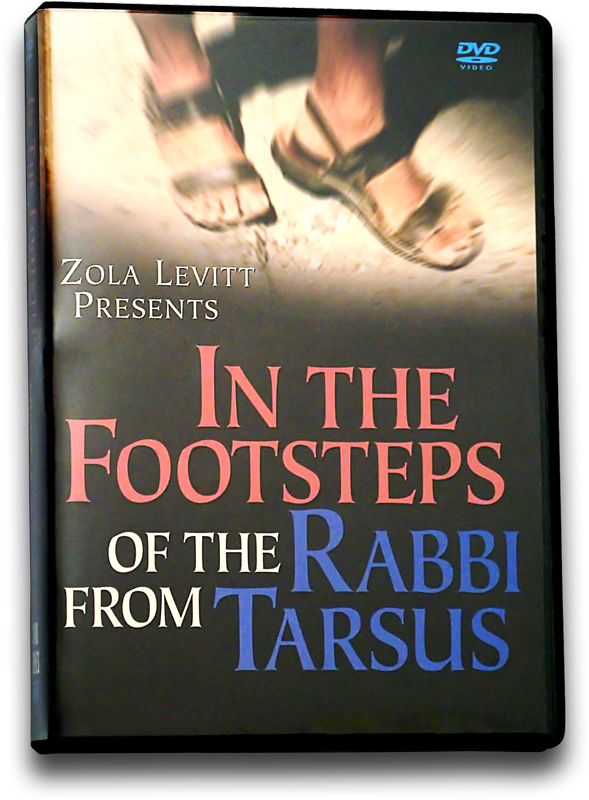
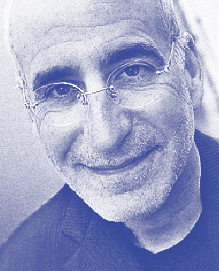
Our Jewish Roots TV programs in December
OJR viewers are in for a television treat this month. We are revisiting our popular series In the Footsteps of the Rabbi from Tarsus. The stunning scenery in these programs provides a preview of what a tour to Greece and Israel with Zola Tours looks like. Throughout this series, you’ll see some of the most popular spots we visit. Producer Ken Berg even made Dr. Seif “suffer” by filming him teaching while standing in the Mediterranean Sea!
In the Footsteps of the Rabbi from Tarsus
In this 12-part refreshed TV series, Dr. Jeffrey Seif sheds light on the Apostle Paul, his movements, and his message.
- Persecutor to Advocate
- Dr. Seif gives us background on Shaul (Paul), beginning with his persecution of the early Church, his conversion on the road to Damascus, and the events leading up to his first missionary journey.
- A Message for All Peoples
- Barnabas calls for Paul to join him in Antioch; then the two set out westward on the first missionary journey. Paul’s powerful preaching leads Jews and many gentiles to faith in the Messiah.
We take a feature week to spotlight 2022’s television production and preview the teaching we plan to bring you next year. These stand-alone programs are always fun. Nothing is scripted, and we enjoy chatting about programs and dramatic re-enactments coming in the next 12 months. We hope you value watching this program as much as we loved putting it together.
- The Year Ahead
- Jeffrey Seif with David and Kirsten Hart are hopeful for 2022, looking at the TV series coming your way: Warrior King, Jeremiah, Kings and Kingdoms, Faith of our Fathers, and Much Like Peter.
We resume In the Footsteps of the Rabbi from Tarsus:
- Turbulent Journeys
- Paul returns to Asia Minor and goes on to Athens, where he preaches his famous sermon on Mars Hill. On his third missionary journey, Paul goes to riotous Ephesus and then back to Jerusalem, where trouble finds him.
- Road to Rome
- Paul’s legal troubles land him in stormy waters where he is shipwrecked on Malta. His legal appeal leads to a prison cell in Rome, but it cannot contain Paul’s desire to share the Gospel during the final years of his life.

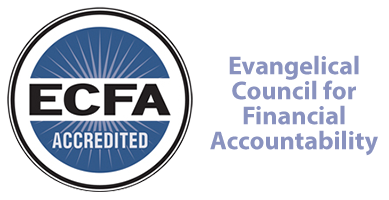 Zola Levitt Ministries is ECFA approved and has Charity Navigator’s top rating of 4 stars, plus Ministry Watch’s Give With Confidence Score of 100.
Zola Levitt Ministries is ECFA approved and has Charity Navigator’s top rating of 4 stars, plus Ministry Watch’s Give With Confidence Score of 100.



